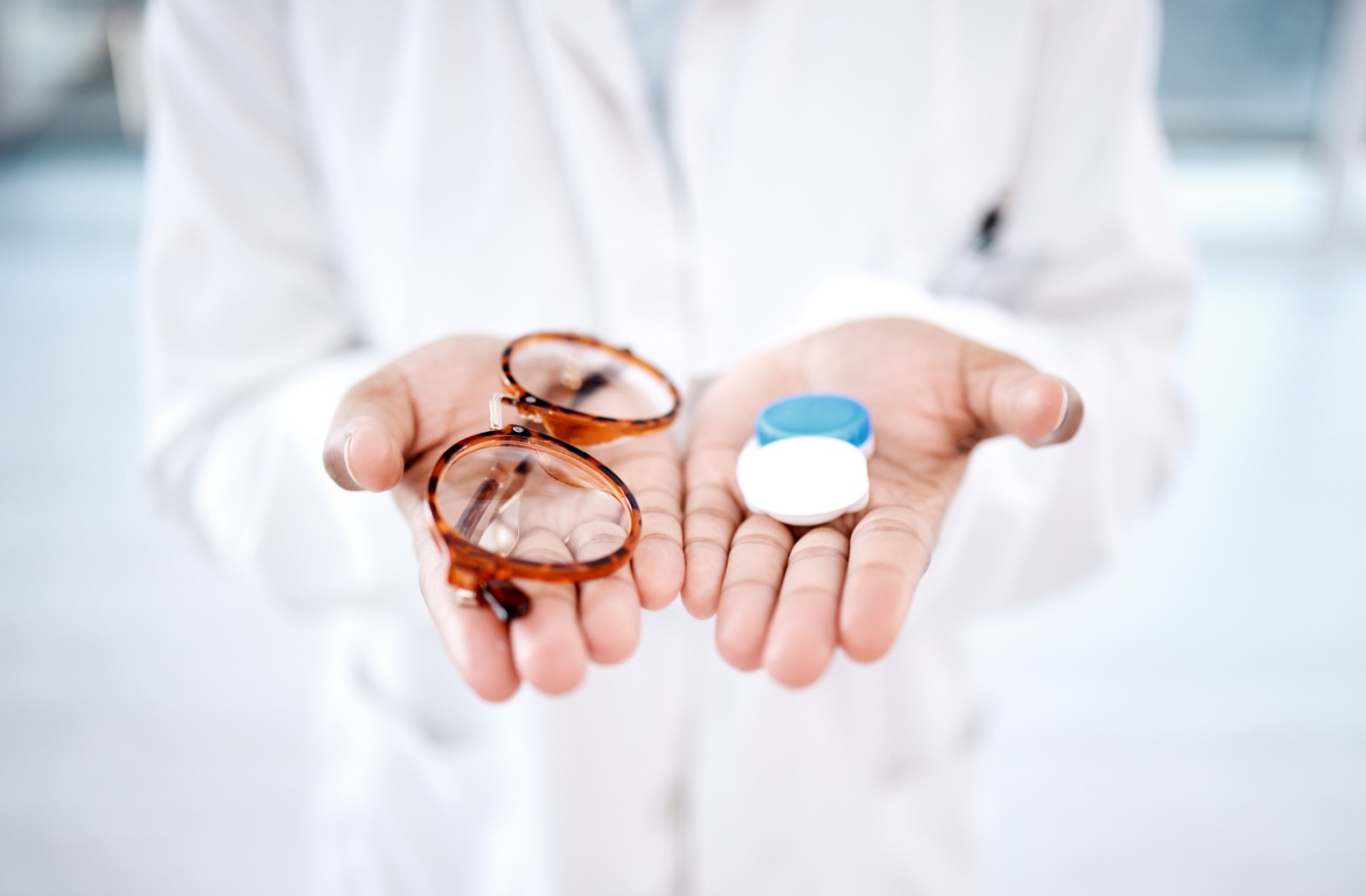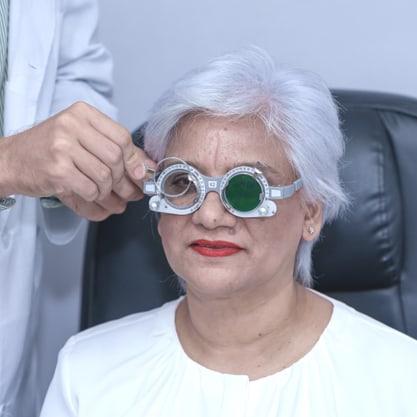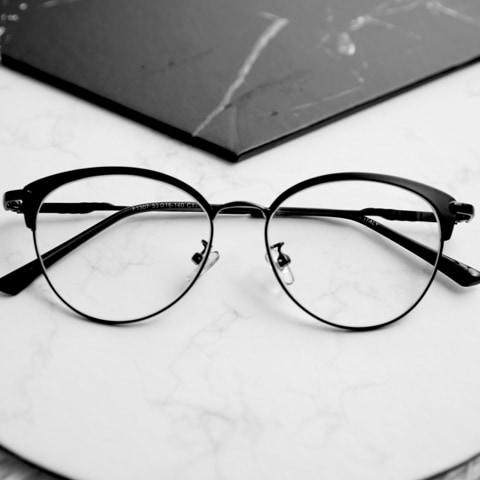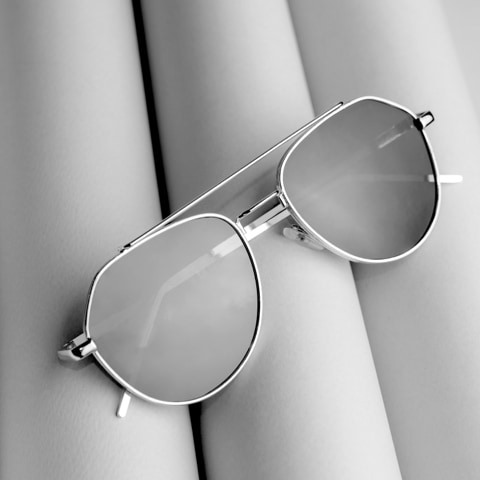Eyeglass lenses sit much farther away from the eye than contact lenses, but they both serve the same purpose: vision correction.
Because contacts sit directly on the eyes, contact lens prescriptions aren’t the same as your glasses. Your optometrist will still need to examine your vision to properly set you up with a new pair of contact lenses, but the extra time is worth it to help find the right prescription that promotes comfort and clear vision!
How Prescriptions Differ
On the surface, a prescription for contact lenses might seem similar to one for glasses. However, there are significant differences in the measurements involved. A glasses prescription typically includes values for sphere, cylinder, and axis to correct your vision. Contact lens prescriptions, on the other hand, include additional parameters like base curve and diameter, which are crucial for fitting the lens on the eye’s surface.
These differences significantly affect how the lenses correct your vision. Contacts sit directly on your eye, so they require a more precise measurement to account for the curvature of your cornea.
Think of it this way: your standard pair of eyeglasses sit about 2.5 cm from your eyes, but contacts sit directly on the surface. This distance may seem small, but when we’re talking about the precise mechanisms of sight, a centimetre can make a kilometre of a difference.
This is why you can’t simply use your glasses prescription to order contact lenses. The measurements aren’t interchangeable.
The implications of these differences extend beyond comfort. Incorrectly prescribed contact lenses can lead to eye strain, blurred vision, and even corneal scratches. So, it’s essential to have separate prescriptions for each type of eyewear.
The Importance of Eye Exams & Contact Lens Fitting
When it comes to eye care, not all exams are created equal. An eye exam for glasses and one for contact lenses involve different procedures, each essential for your vision health.
A contact lens fitting is a process that focuses on measuring factors that aren’t as critical when prescribing glasses. These measurements help prevent wearing ill-fitting contact lenses, which can lead to discomfort.
When you get fitted for contact lenses, we take a few extra steps to make sure the lenses are effective and comfortable for you. First, we’ll give your eyes a thorough examination, where we:
- Measure your cornea’s curvature
- Check the shape of your eye
- Look for existing issues that contacts might affect
Once that’s done, we will choose or custom design the appropriate trial lenses according to your needs, allowing you to see how they fit and feel. We’ll check how the lenses sit on your eye and watch for any discomfort or movement. Plus, we’ll walk you through how to take care of your lenses, including how to insert and remove them safely. Once your optometrist is satisfied with how the trial lenses fit, and that your vision has been properly corrected, they’ll finalize a contact lens prescription.

Types of Contact Lenses
An important part of any contact lens fitting is determining the right lens for your needs. Here are some common types of contact lenses:
- Soft contact lenses: These are made of flexible plastic that allows oxygen to pass through to the cornea. The softness can provide comfort and are generally available in daily, bi-weekly, and monthly options.
- Hard contact lenses: These are easier to keep clean with a long lifespan and good durability. They help decrease the risk of eye infection because they are less likely to absorb foreign material.
- Rigid gas permeable (RGP) lenses: These combine the features of soft and hard contact lenses, allowing less oxygen in than soft lenses, but more than hard lenses. They can take longer to adjust to, but they may be recommended for people with astigmatism.
- Toric lenses: Specifically designed for people with astigmatism, toric lenses have different optical powers in different meridians of the lens to correct for the eye’s uneven curvature.
- Multifocal & bifocal lenses: These lenses are designed for those who require vision correction at multiple distances by incorporating different zones into one lens. These lenses can be made with soft or hard material. Toric lenses can also be multifocal, correcting multiple vision needs simultaneously.
The Importance of Accurate Measurements
Accuracy in your eye prescriptions is not just a matter of convenience. It’s critical for maintaining good vision and preventing eye strain. Whether you’re using glasses or contacts, a comprehensive eye exam ensures that every aspect of your vision is assessed and corrected as needed.
A well-conducted exam will evaluate not only your refractive error but also your eye health, checking for conditions like glaucoma or cataracts. This holistic approach helps craft accurate prescriptions, offering eyewear that effectively supports your visual needs.
For contact lenses, accuracy is even more crucial. A miscalculation can undo all the benefits you should be enjoying from your new contacts. Check with your optometrist regularly as you adjust to your lenses.
Seeing Clearly with Sage Eyecare
While glasses and contact lenses serve the same purpose of correcting vision, the prescriptions for each are distinct and tailored to their specific use.
If you’re considering switching from glasses to contacts or need to update your prescriptions, Sage Eyecare is ready to help you explore your options. Book your appointment today and take the first step in maintaining your eye health!

























